An entry-level Tesla might not cost much more than a comparable Camry or Accord.
Share this story
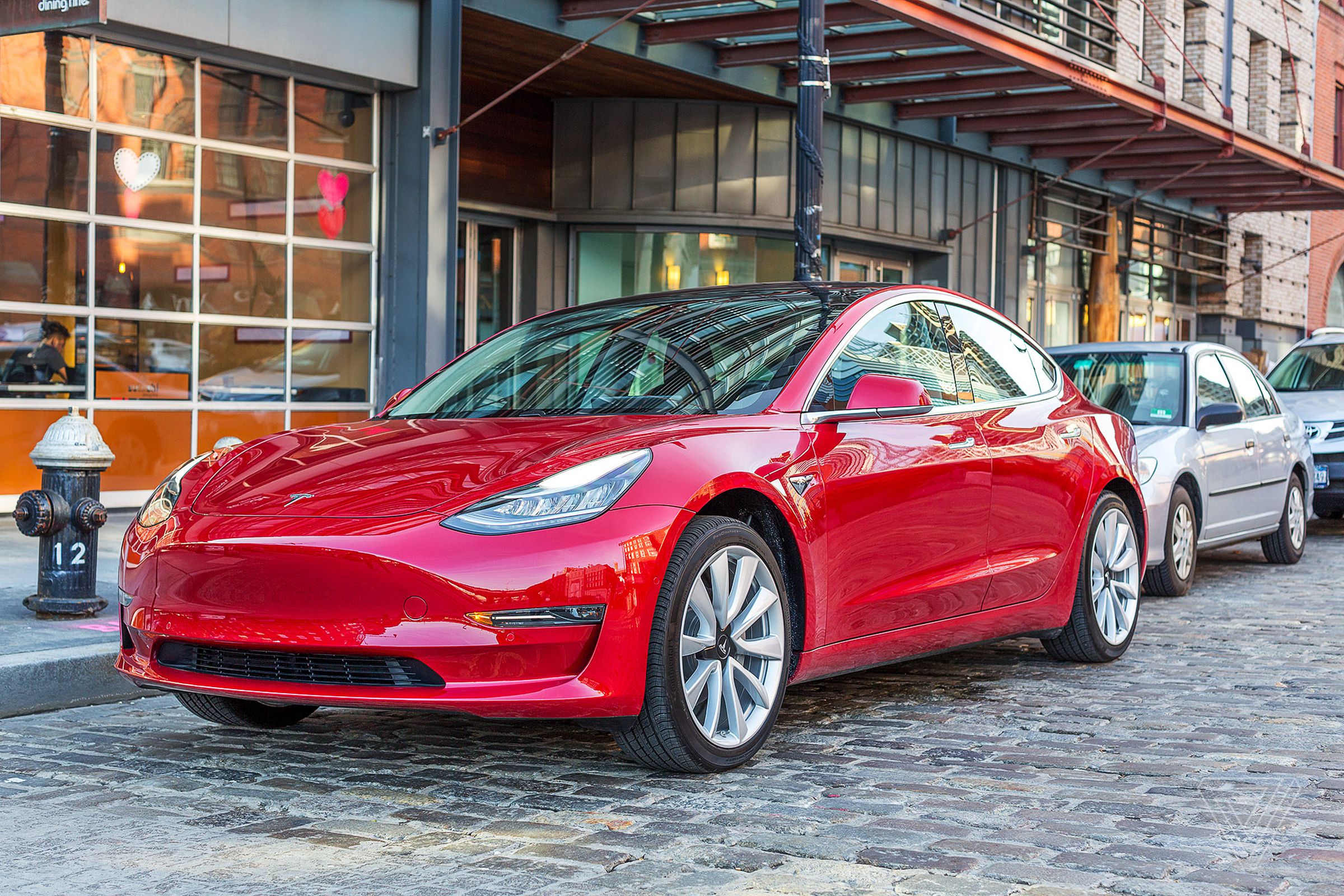
The starting price of a Tesla Model 3 — after federal tax credits — may once again be below the fabled $35,000 mark. Tesla’s website now claims every new Model 3 is eligible for the full $7,500 federal tax credit in the United States, after those credits were previously cut in half on April 18th for the entry-level Standard Range and Long Range RWD models.

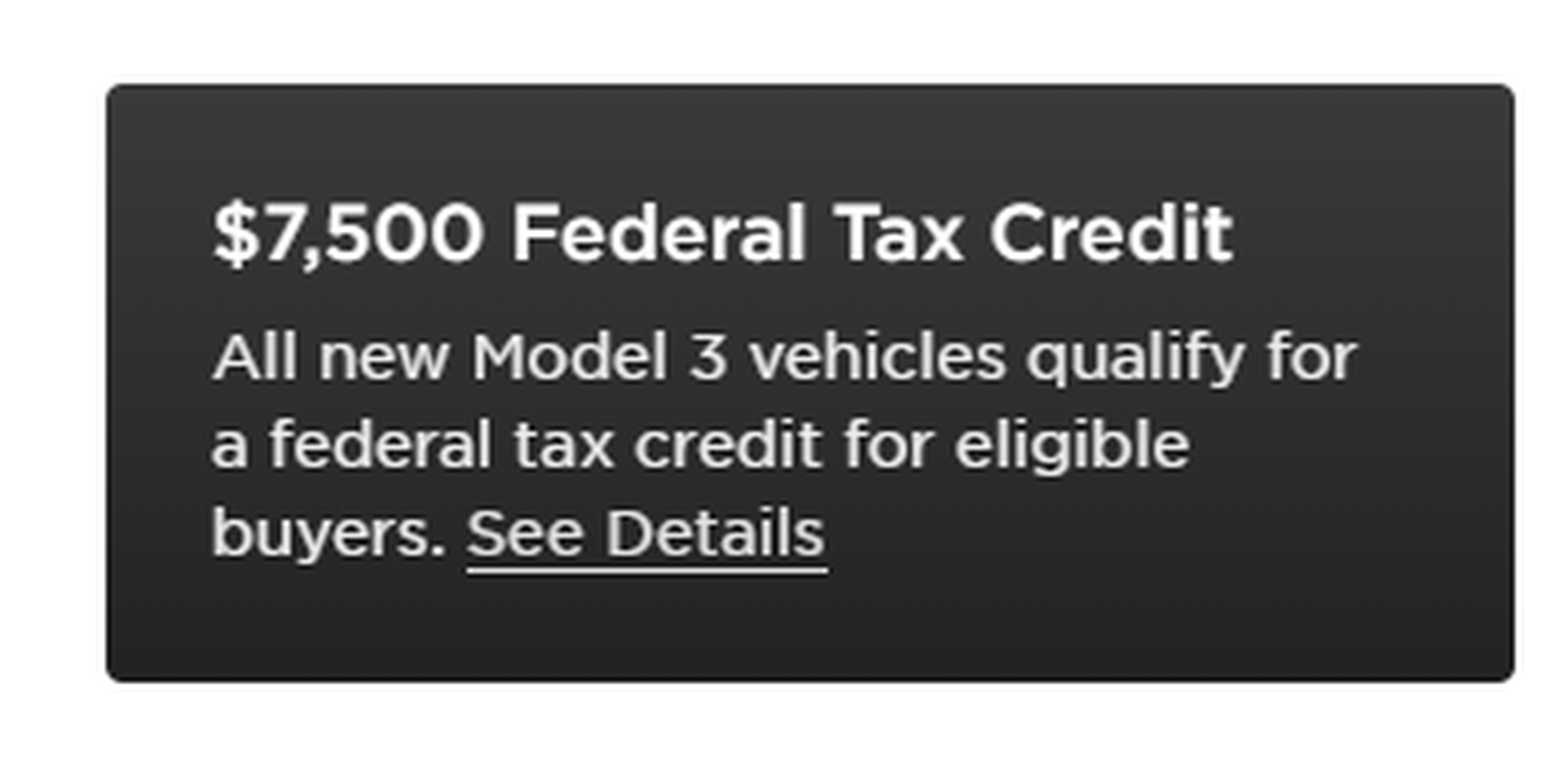
Here in California, a short distance from Tesla’s Fremont factory, I would pay $41,630 before tax — but only $32,130 after federal and state incentives, assuming Tesla is correct that its cars now qualify for the full federal credit. It could cost less under $30,000 depending on your state’s incentives.

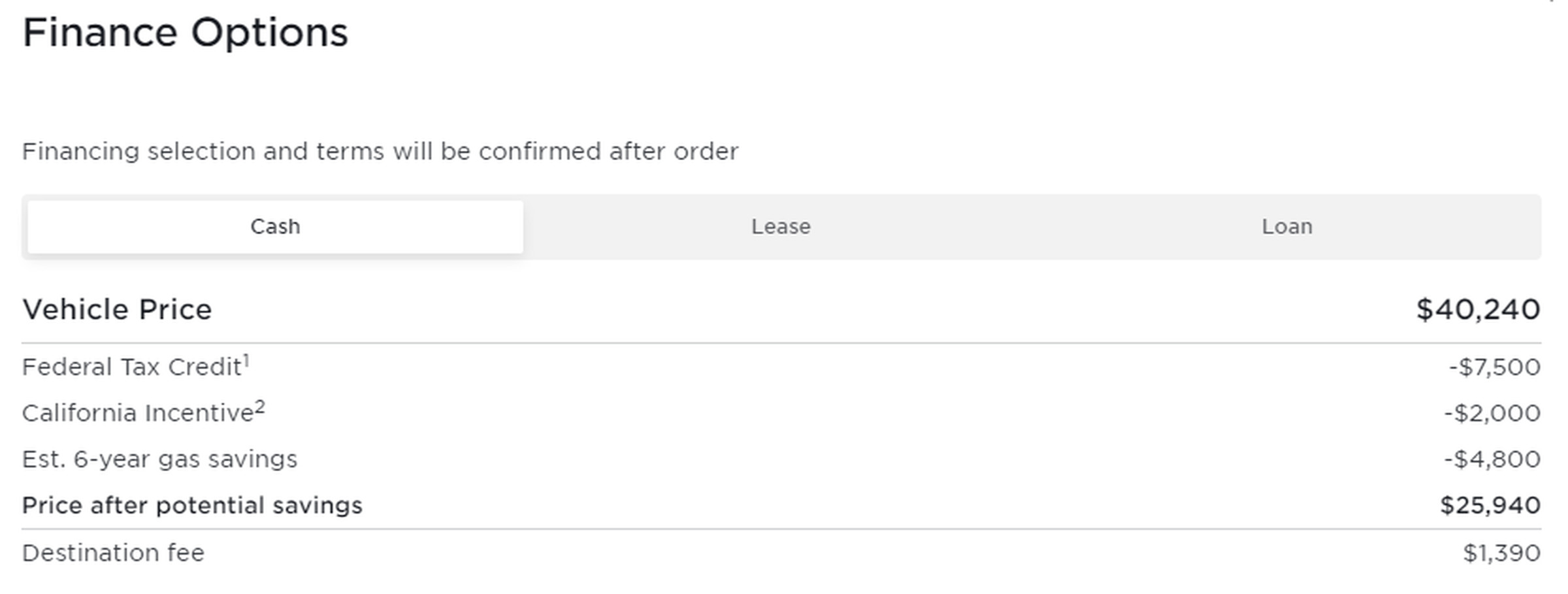
I say “assuming Tesla is correct,” because as TechCrunch points out, the IRS has not confirmed the news. The agency’s website, last updated June 1st, still shows a $3,750 credit, not $7,500, for the RWD models.

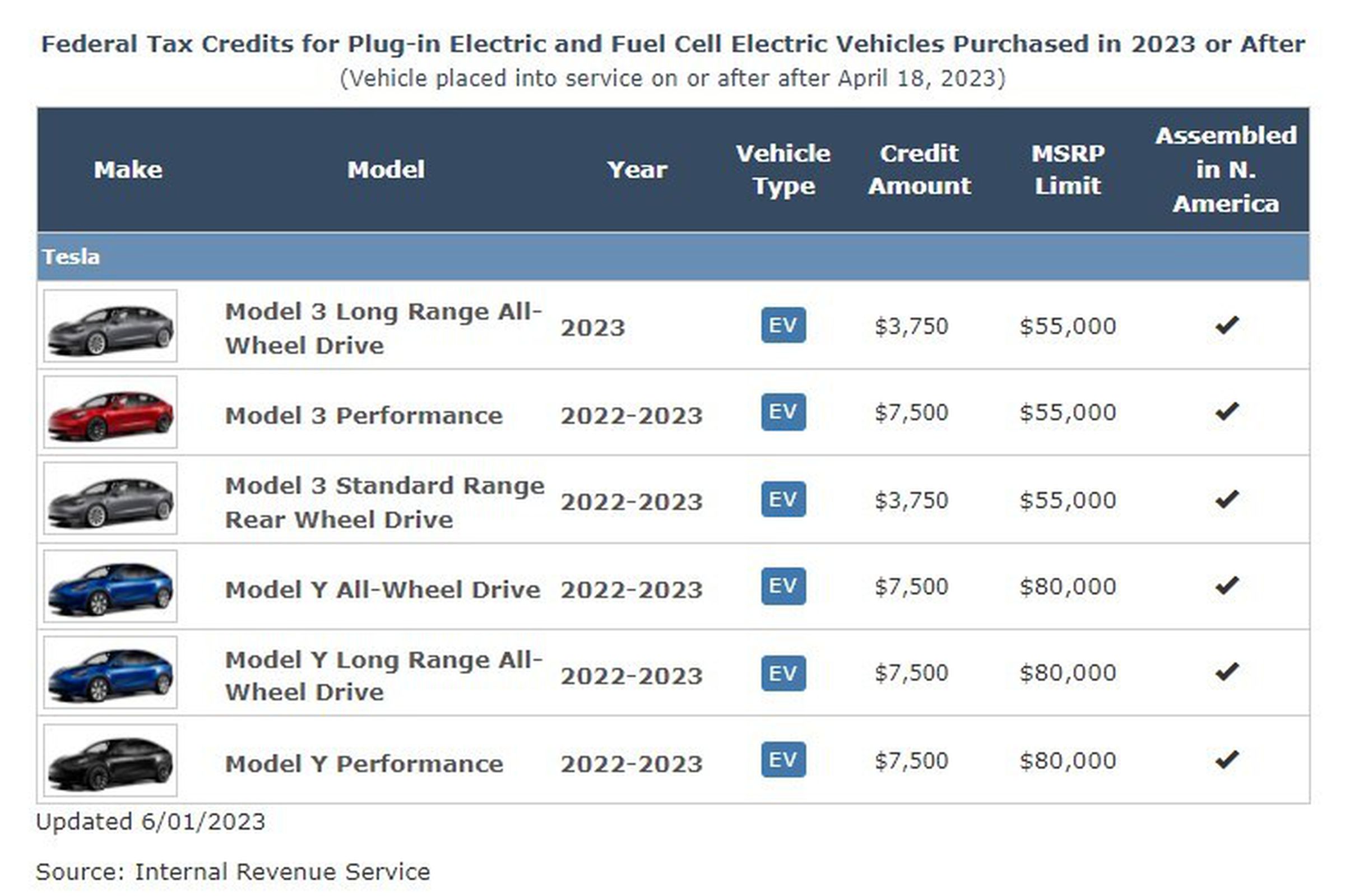
The reason some cars stopped qualifying is because their batteries didn’t meet sourcing requirements, which specify that 40 percent of their minerals must be “extracted or processed in the United States or a U.S. free-trade agreement partner” and 50 percent of their components must be “manufactured or assembled in North America.”
Those percentages go up each year — by 2027, 80 percent of battery minerals and components must meet those requirements for vehicles to be eligible for the credit.

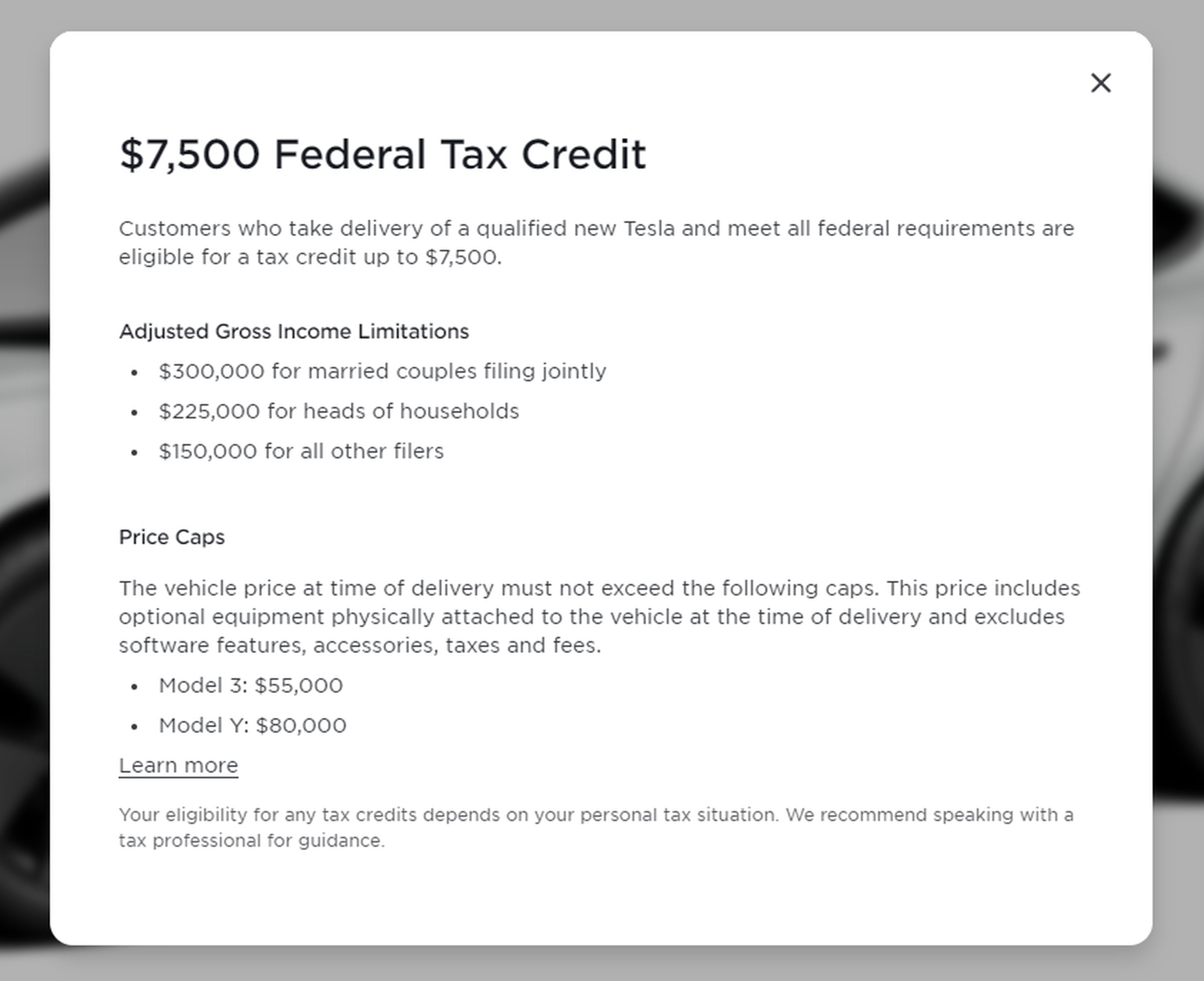
Not every car or family will qualify for the $7,500 tax credit, too: you’ll need to be under a certain income, and you can’t tack too many accessories onto a Tesla or it’ll hit a price cap.
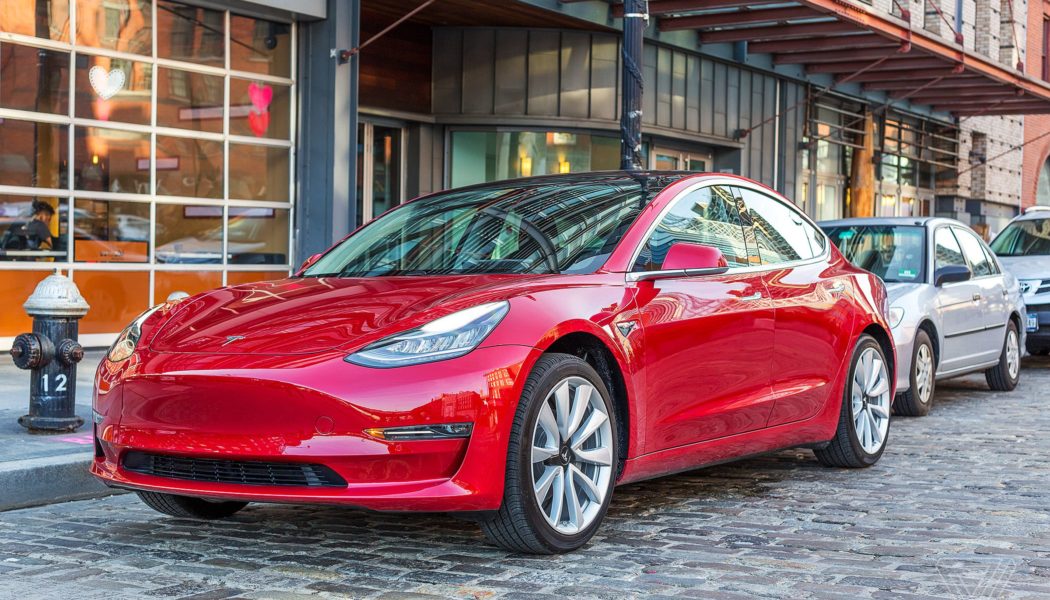





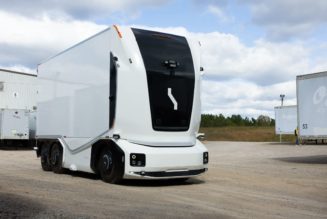
![Cookies Connects With G Pen For The Stylish G Pen Micro+ Vaporizer [Review]](https://www.wazupnaija.com/wp-content/uploads/2021/10/cookies-connects-with-g-pen-for-the-stylish-g-pen-micro-vaporizer-review-327x219.jpg)

